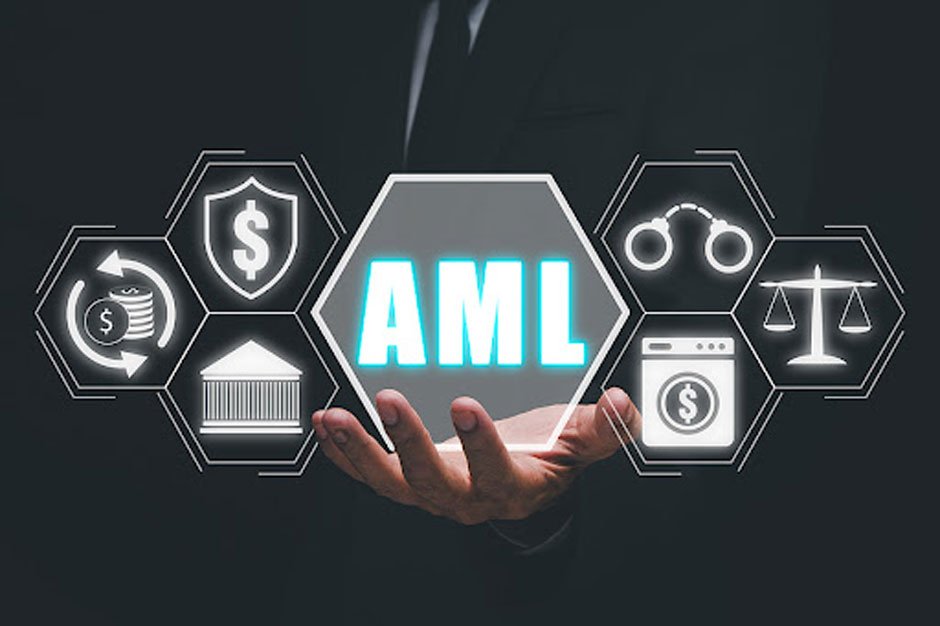Money laundering is a term that arises from a regulatory regime that consists of certain actions that are taken to hinder financial movements. These illegal actions range from drug trafficking and tax evasion to public corruption and financing of brands related to terrorism financing. That’s why some English-speaking countries made Anti-Money Laundering (AML) rules that refer to the contemporary laws, web, processes, and regulations that aim to layer illegal funds as their hard-earned money.
This AML regulation came into existence as a response to the financial industry’s growth, the increasing ease of governing complex chains of monetary transactions, and lifting capital commands. Therefore, a United Nations panel forecasted a minimum of $1.6 trillion in annual money laundering, which is 2.7% of global GDP in 2020.
A Quick Summary of Know Your Customer (KYC)
Sometimes in financial institutions, the process of regulatory compliance begins with a procedure called Know Your Customer (KYC). This determines the verification of new customers and whether their funds have originated from a credible source. If the money laundering process splits into four steps, then the KYC process goal is to stop illegal activities at the very first step when clients attempt to gather funds in their financial accounts.
Furthermore, during the KYC procedure, financial firms screen new clients against a specific party list that is at a higher risk of money laundering than average. Convicts, companies, individuals, and criminal suspects come under politically exposed persons and economic sanctions that encompass foreign public officials.
Importance of Customer Due Diligence(CDD) Essential in AML Compliance
Financial firms and banks have to conduct a thorough CDD in the account tenure for authentic and updated transactional records. Therefore, many customers can be linked to the sanctions in a specific period of time along with AML Compliance, guaranteeing checks for compliance issues and regulatory risks on existing conditions.
As per the US Treasury Financial Crimes Enforcement Network (FinCEN), the following are the four requirements in that area.
- Recognize and verify the client’s personality identifiable information.
- Recognize and verify the beneficial owner identity with a 25% stake in firm account opening.
- Thoroughly understand the purpose and nature of client relationships.
- Thoroughly monitor suspicious financial transactions and quickly update client information.
CDD counters and uncovers money laundering patterns, including structuring and layering, known as smurfing. It’s breaking down the large money laundering transactions to little ones. For instance, banks and other financial firms have instituted AML Compliance holding periods that enforce finance deposits to be in an account for at least days before sending them anywhere else. In case anomalies and patterns show money laundering activities and any suspicious transactions in US jurisdictions must be reported in SARs- suspicious activity reports related to financial firms for investigations.
International AML Regulatory Bodies
The European Union- EU has adopted some AML measures to US AML enforcement and legislations assumed global prominence. In 1989, when a flock of non-governmental firms and countries formed the regulatory body known as the Financial Action Task Force (FATF).
FATF is a cross-government body that supports and devices the acceptance of international standards to restrain money laundering. Further, in October 2001, FATF grew more to hinder terrorist financing following the 9/11 terrorist attacks. The FATF 40 recommendations give a benchmark for combating the CFT and AML policies and regulations in more than 100 countries, covering CDD, international cooperation, and terrorism financing.
Other essential international firms in the fight against illegal activities include the International Monetary Fund (IMF), the UN, and specific programs that include the group of AML and CDD for banks. Furthermore, the IMF has gathered member countries to deal with international values related to terrorism financing. The UN also added AML regulations to address ML related to terrorism financing and drug trafficking in the 1998 Vienna Convention. Not only this, but it also relates to the political corruption in the 2005 Meridian Convention and Palermo Convention 2001.
Lastly, the Council of EU AMLD is a directive that sets AML or CFT requirements for all EU members that have been amended at different times to show the dynamic risks of terrorism financing and money laundering. Therefore, the Basel Committee on CDD banking supervision for financial institutes gives complete recommendations on how to recognize and verify the detailed identity of their clients.
Final Words
By making all the regulatory bodies combat money laundering and terrorism financing, the scammers are now restricted as they have no other option to earn. Higher authorities and the government have changed their techniques to restrict money laundering deterrence by revising and establishing regulatory deals that restrict illegal participation from financial institutes. Hence, AML Compliance is essential for securing businesses and clients from financial crimes.








